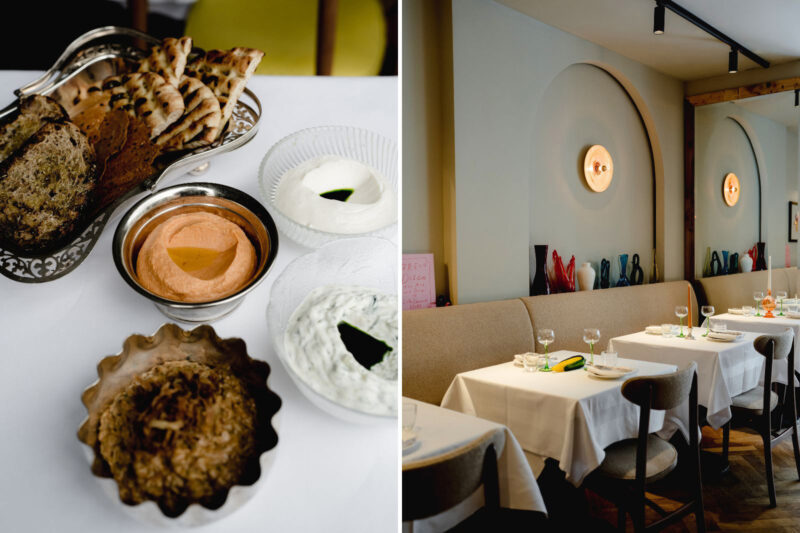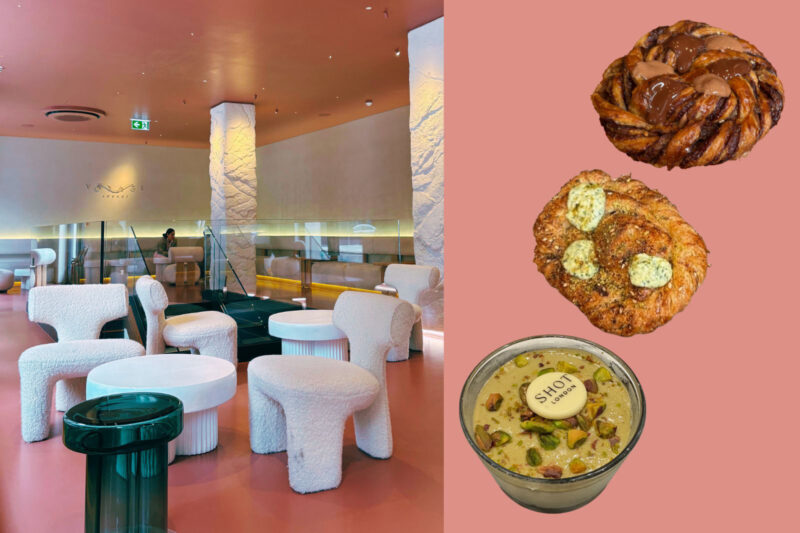7 must-try dishes in Rome
You can’t experience Rome without experiencing its food, and there’s no need to miss out on any of the classics if you know where to go
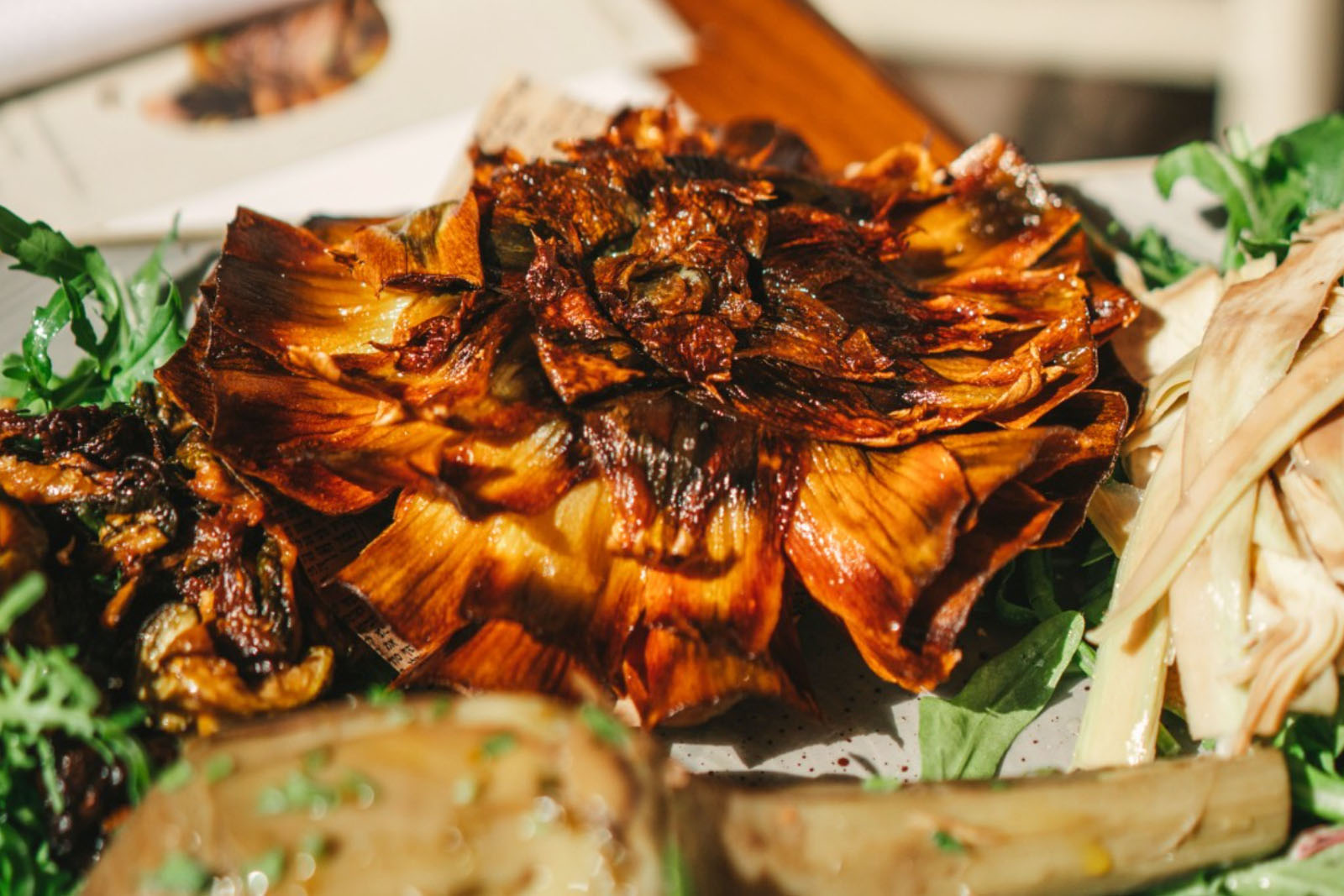
Rome’s cuisine is about tradition. Most restaurants are decades old, family run and serve the same classic recipes they have since day one. You can’t experience Rome without sampling some of these tried-and-true dishes, cooked simply from just a handful of quality ingredients. While pork has been a key Roman ingredient since ancient times, those who don’t eat pork can still experience Rome’s storied food culture. The following dishes all hail from the Roman cookbook and are pork-free, yet full of local flavour.
Supplì
This deep-fried rice ball is Romans’ favourite snack. Compacted rice is held together by thick strands of mozzarella — called “al telefono” for its resemblance to phone cords — breaded, and deep-fried. The palm-sized supplì is served piping hot and swaddled in a napkin for hand-held eating. Some of the city’s best are found at i Supplì dei Coronari. The off-beat counterserve has a couple of bistro tables on the street for a quick break while walking the city centre.
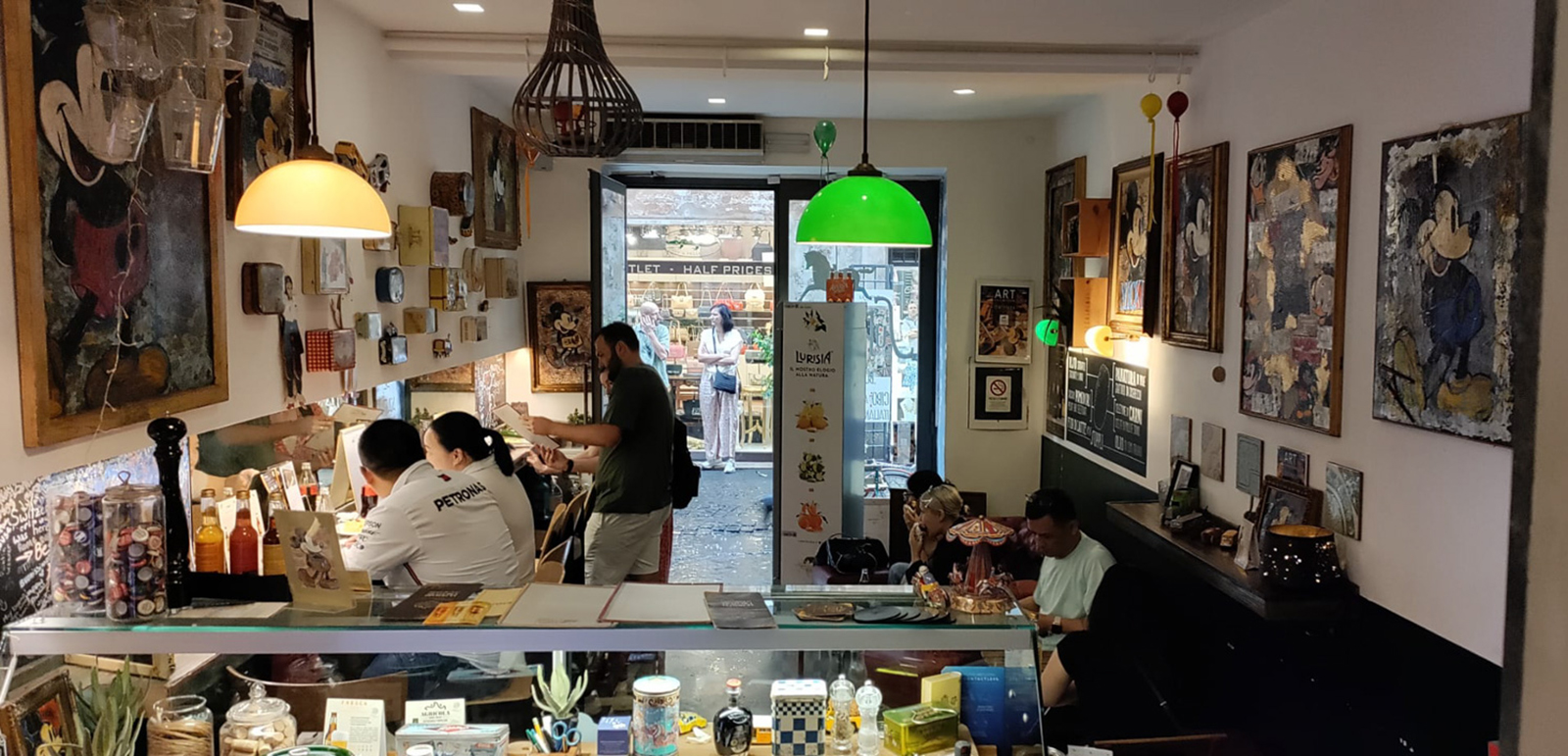
Fritto misto
Dining with a larger group always calls for a plate or two of fritters. There are many types of fritto misto served in casual Roman restaurants and pizzerie. The most popular are fried fillets of cod (baccalà) and courgette flowers (fiori di zucca). The flowers are stuffed with mozzarella and anchovies, battered and flash-fried. Order fritto misto a la carte at the old-school Trattoria Pizzeria da Gino alla Villetta, set off the beaten path in Trastevere.
Carciofi alla romana & carciofi alla giudia
Artichokes are a big deal in Roman cuisine. Carciofi alla romana are braised in olive oil and herbs and served whole as an appetiser. Carciofi alla giudia are deep-fried, leaves splayed out like a flower. The perfect carciofo alla giudia has crunchy, brown leaves that are meant to be pulled apart by hand. Whether alla romana or alla giudia, Rome’s best artichokes are in Rome’s Jewish Quarter. Try both varieties at Ba’Ghetto, which has been serving Jewish-Roman classics since the 1980s.
Cacio e pepe
There are four classic Roman pasta dishes, and cacio e pepe (cheese and pepper) is the only one without guanciale (pork cheek). Cacio e pepe is the name of the rich sauce, made of pecorino romano and freshly ground black pepper. It’s a simple dish yet difficult to make at home as the sauce’s texture, which should be velvety, easily clumps. Even Romans prefer to eat cacio e pepe at restaurants such as at Felice a Testaccio, where the pasta is mixed into the sauce in front of you. Another special place to try this dish is Roma Sparita, where it’s served in a cheese shell.
Carbonara
Rome’s most famed pasta, carbonara, gets its crunch and fatty flavour from guanciale. After nearly 75 years, a meat-free carbonara has been innovated by the local bistro Buddy Veggy. Their take on the iconic Roman pasta uses vegan bacon to maintain the crunch; the meaty, mushroom-like profile pairs well with the vegan, soy-based sauce. Despite the substitutions, the pasta looks nearly identical to the original carbonara recipe.
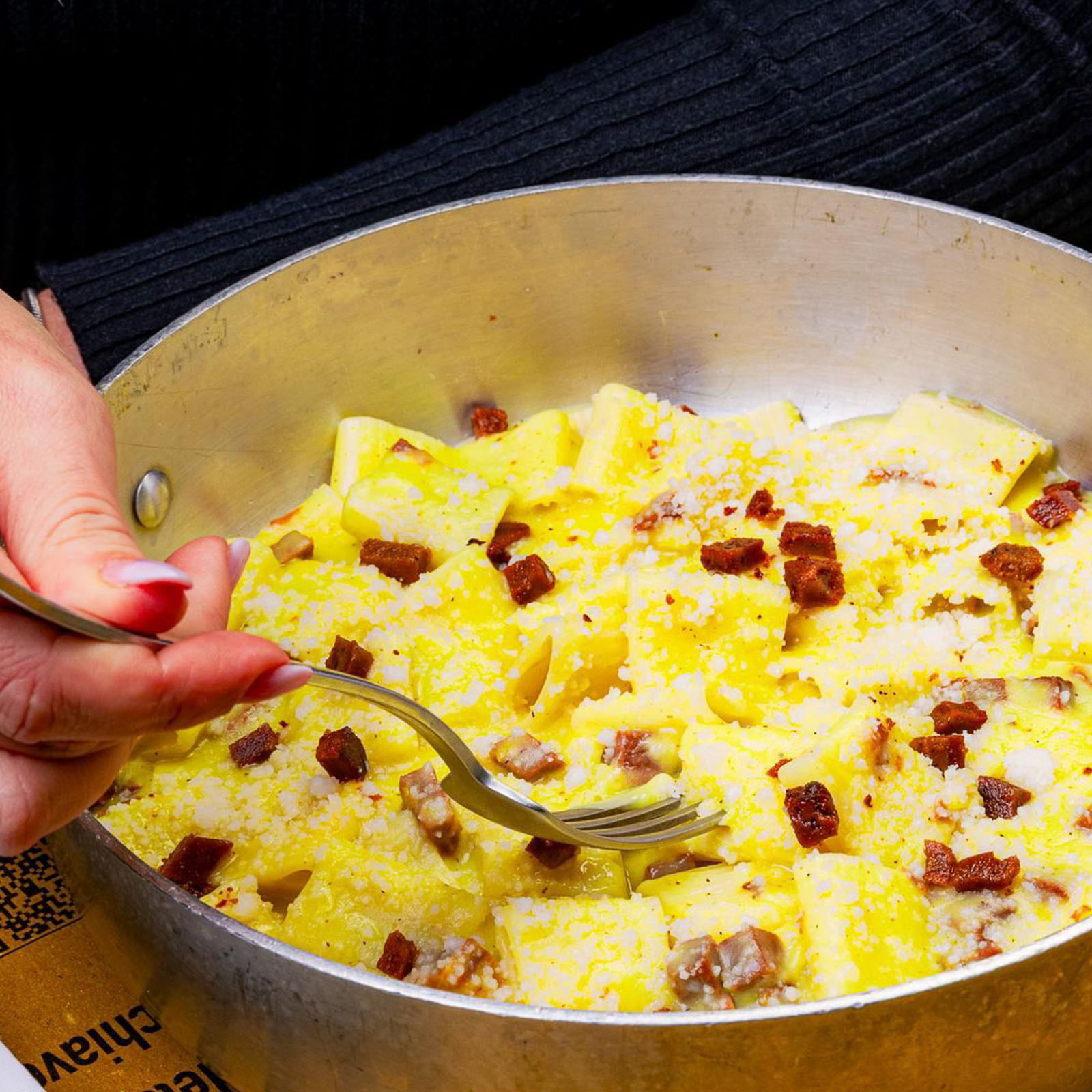
Roman pizza
Roman pizza is its own category of local cuisine. Pizza romana is known for its cracker-thin crust that makes it possible for one person to eat an entire pie (which is how it’s served here). There are dozens of toppings at no-frills Il Grottino, with combinations such as rocket, cherry tomatoes and ricotta cheese. For a quick pizza to-go, there’s pizza al taglio. It’s cooked in a large rectangular sheet pan; the barista slices off a square and folds it in a paper sleeve for hand-held eating. Try it at one of the city’s ubiquitous Alice counterserves. Pinsa romana is something in between. It has a thicker crust, like pizza al taglio, but is oval-shaped and usually comes on a long wooden serving board. Its crust supports more toppings than pizza romana, which leads to more unexpected pairings. Royal Art Cafè serves unique pinse with an unfettered view of the Colosseum.
Trapizzino pizza-sandwich
The namesake dish of the quintessential Roman street food chain Trapizzino is a must-try. A trapizzino “pizza pocket” is a hand-held triangle of stuffed pizza dough. There are five classic flavours, all of which are pork-free. The eggplant parmesan is a surprising twist on a classic. Do as the locals do: order a couple of trapizzini to eat in the nearest piazza for humble al fresco dining.
 Newsletter
Newsletter




